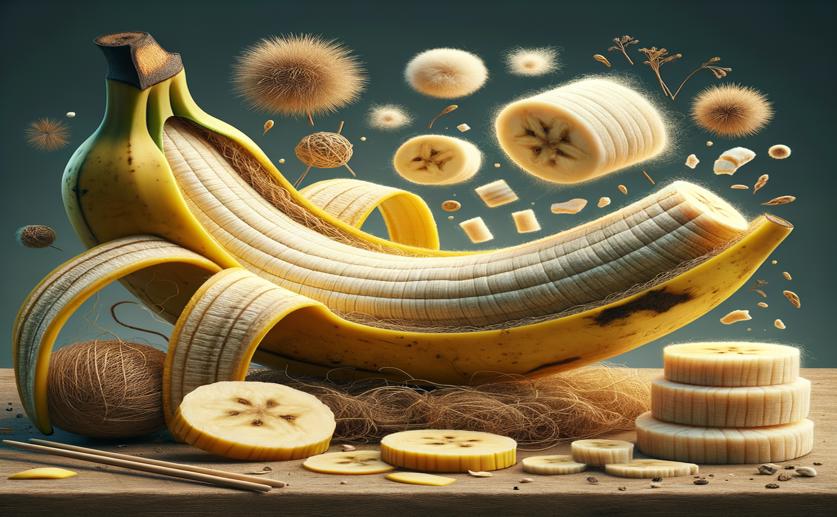
Creating Superabsorbent Materials from Banana Fiber Waste
Jenn Hoskins
23rd August, 2024

Image Source: Natural Science News, 2024
Key Findings
- Researchers from Cadi Ayyad University, Morocco, and INRAE, France, developed superabsorbent materials from banana agricultural waste
- The modified cellulose from banana waste showed a high water absorption capacity of up to 1240 g/g
- These superabsorbent materials are reusable, maintaining their absorption capacity over multiple cycles
SustainabilityBiotechPlant Science
References
Main Study
1) Preparation of superabsorbent composite(s) based on dialdehyde cellulose extracted from banana fiber waste.
Published 1st November, 2024 (future Journal edition)
https://doi.org/10.1016/j.carbpol.2024.122504
Related Studies
2) Enhanced Swelling and Responsive Properties of Pineapple Peel Carboxymethyl Cellulose-g-poly(acrylic acid-co-acrylamide) Superabsorbent Hydrogel by the Introduction of Carclazyte.
3) Modified Poly(acrylic acid)-Based Hydrogels for Enhanced Mainstream Removal of Ammonium from Domestic Wastewater.



 25th March, 2024 | Jenn Hoskins
25th March, 2024 | Jenn Hoskins